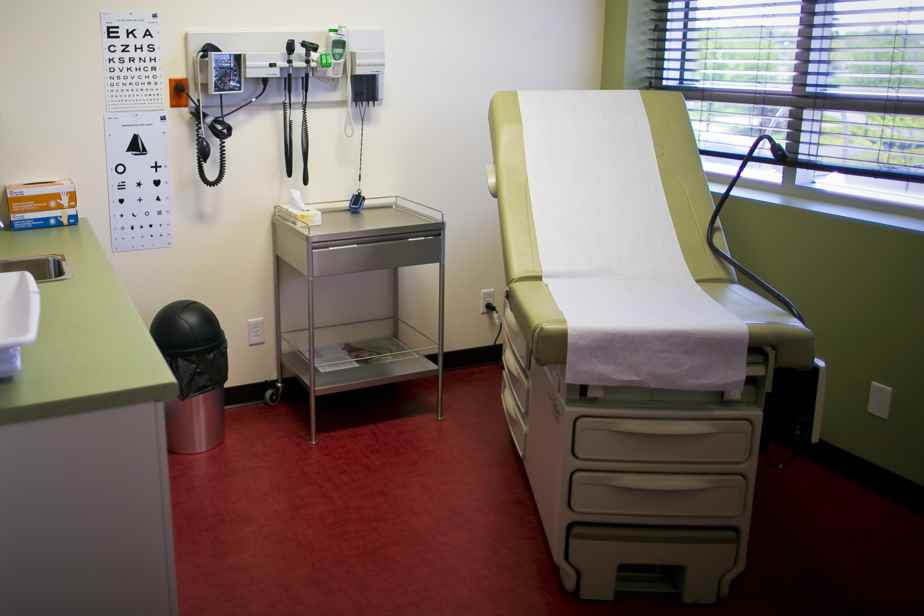Patients from a medical clinic in Quebec were able to benefit from faster care while showing a high level of satisfaction with care. The key to success ? The Archimedes pilot project, relying on unparalleled collaboration between health professionals, reveals a report which appears on Tuesday.
In 2017, with the departure of several retired doctors, the future of the Saint-Vallier clinic, in the Saint-Sauveur district of Quebec, was uncertain.
“Very few doctors were interested in coming to practice in the clinic, because it is located in a fairly disadvantaged environment”, explains to The Press Nancy Côté, researcher at the Center for Sustainable Health Research, VITAM, and writer of the report on the Archimedes pilot project.
To keep the clinic open and promote better access to front-line care, the medical team has set up a model of care based on collaboration between professionals, says Ms.me Coast.
Unlike other clinics across the province, the entry point to the clinic “isn’t necessarily the doctor,” she says.
an inverted pyramid
At the Saint-Vallier clinic, the patient will instead be referred to the right professional according to his needs and his health problem. “It can be a clinical nurse, a specialized nurse practitioner (IPS), a physiotherapist, a social worker”, details Mme Coast. The doctor is seen only if it is essential.
“In this clinic, the pyramid is inverted, there are more specialized nurse practitioners than doctors, and several professionals and administrative support staff play a key role,” said Guy Thibodeau, President and CEO of the CIUSSS de la Capitale-Nationale, by press release.
“Here, multidisciplinarity takes on its full meaning and strength, greatly improving access to health care and improving patient care,” said Mr. Thibodeau.
“Very satisfied” patients
As part of the report to evaluate the pilot project, 19 clinic staff and 35 patients were interviewed. “Patients are very satisfied with the services at the clinic in terms of speed of access and overall care,” noted Ms.me Coast.
The possibility of having a place without an appointment in less than 48 hours, sometimes the same day, could save several patients from having to go to the emergency room.
“When you have new little babies, you have a lot of questions and a lot of insecurities, so that was reassuring,” said one of the clinic users in the report.
The clinic also maintained an attendance rate of between 85% and 86.9%, which is the percentage of people who had access to services at the clinic, without having to go to the emergency room or another health facility. “During the pandemic, the clinic managed to keep a very high rate, unlike other clinics,” says Ms.me Coast.
The administrative officers also proved to be particularly important in the implementation of the project. “We often tend not to consider them when we do studies on care models, but in FMGs, they are really central,” says Ms.me Coast.
“They are the first point of contact and redirect users to the right professional. We must therefore not underestimate the importance of providing them with good support and training,” she explains.
The challenge of understaffing
The lack of staff, however, has been an obstacle to the optimal functioning of the model, notes the report. “Difficulties in recruiting doctors, temporary absences, turnover of administrative staff are [des] factors that contributed to delaying the full deployment of Archimedes,” it read.
Indeed, the quality and the fluidity of the collaboration between the professionals are based on a certain stability of the staff, indicates Ms.me Coast. “Working together takes some learning, you have to get to know and trust each other, so it’s important to foster staff stability,” she explains.
At present, the pilot project is still ongoing at the Saint-Vallier clinic. The second phase, which began in the winter of 2022, will make it possible in particular to measure the effectiveness of the Archimedes model and to draw up a portrait of the environments most likely to benefit from this model.
